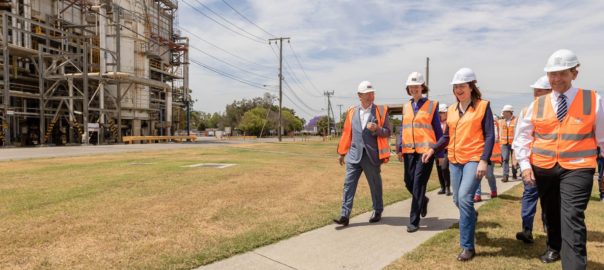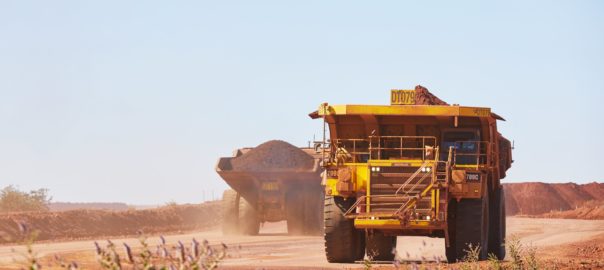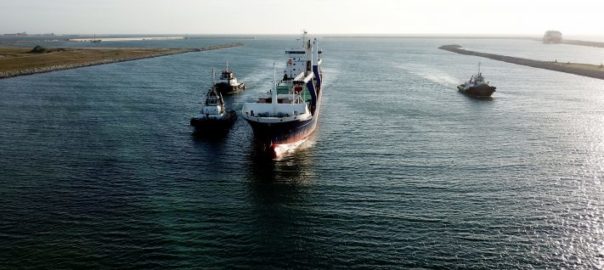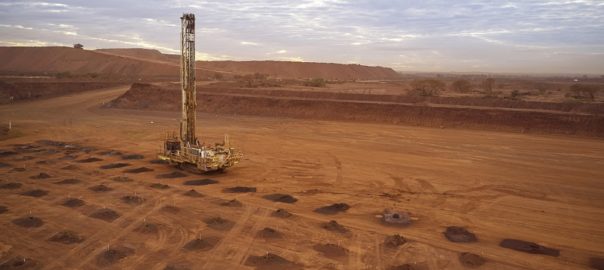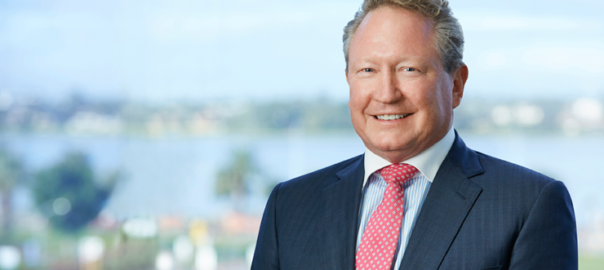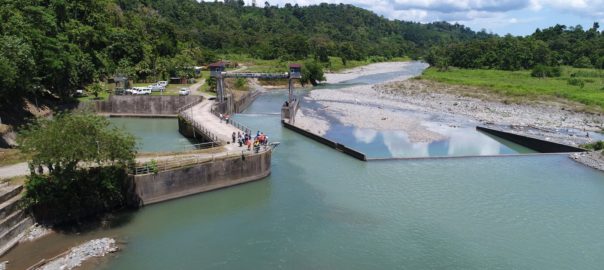The decarbonisation of Fortescue Metals Group’s (Fortescue) locomotive fleet is ramping up with the arrival of two additional locomotives at Fortescue Future Industries’ (FFI) research and development facility in Perth, Western Australia.
The two four-stroke locomotives will undergo further testing on the new fuel system, joining the first two-stroke locomotive which underwent testing earlier this year.
Fortescue Chief Executive Officer, Elizabeth Gaines, said the arrival of the additional locomotives allowed FFI’s Green Team to expand their development as they focus on delivering a locomotive operating solely on green ammonia and other green renewable fuels and technologies.
“This is part of Fortescue’s ambitious target to be carbon neutral by 2030 for Scope 1 and 2 emissions,” she said. “Our target is underpinned by a pathway to decarbonisation as we focus on investing in renewable energy and eliminating the use of diesel across our mining fleets. Fortescue’s fleet of locomotives is a critical element in decarbonising our operations and, through FFI, we are investing in cutting-edge technologies to power the green mining fleet of the future.”
FFI’s Green Team have been trialling technology in hydrogen, ammonia and battery power for trains, ship engines, haul trucks and drill rigs.
Earlier this year, the team achieved the successful combustion of blended ammonia fuel in a two-stroke locomotive, marking a significant milestone in Fortescue delivering on its decarbonisation targets.
FFI Chief Executive Officer, Julie Shuttleworth, said: “FFI is a key enabler of Fortescue’s decarbonisation strategy, and it is pleasing to see such rapid progress being made by our Green Team. We are investing in research and development to transform Fortescue’s trains, trucks and ships on the road, rail and sea with zero pollution fuels as soon as possible.”
Planning is underway to deploy a demonstration locomotive in Fortescue’s rail operations in 2022.








